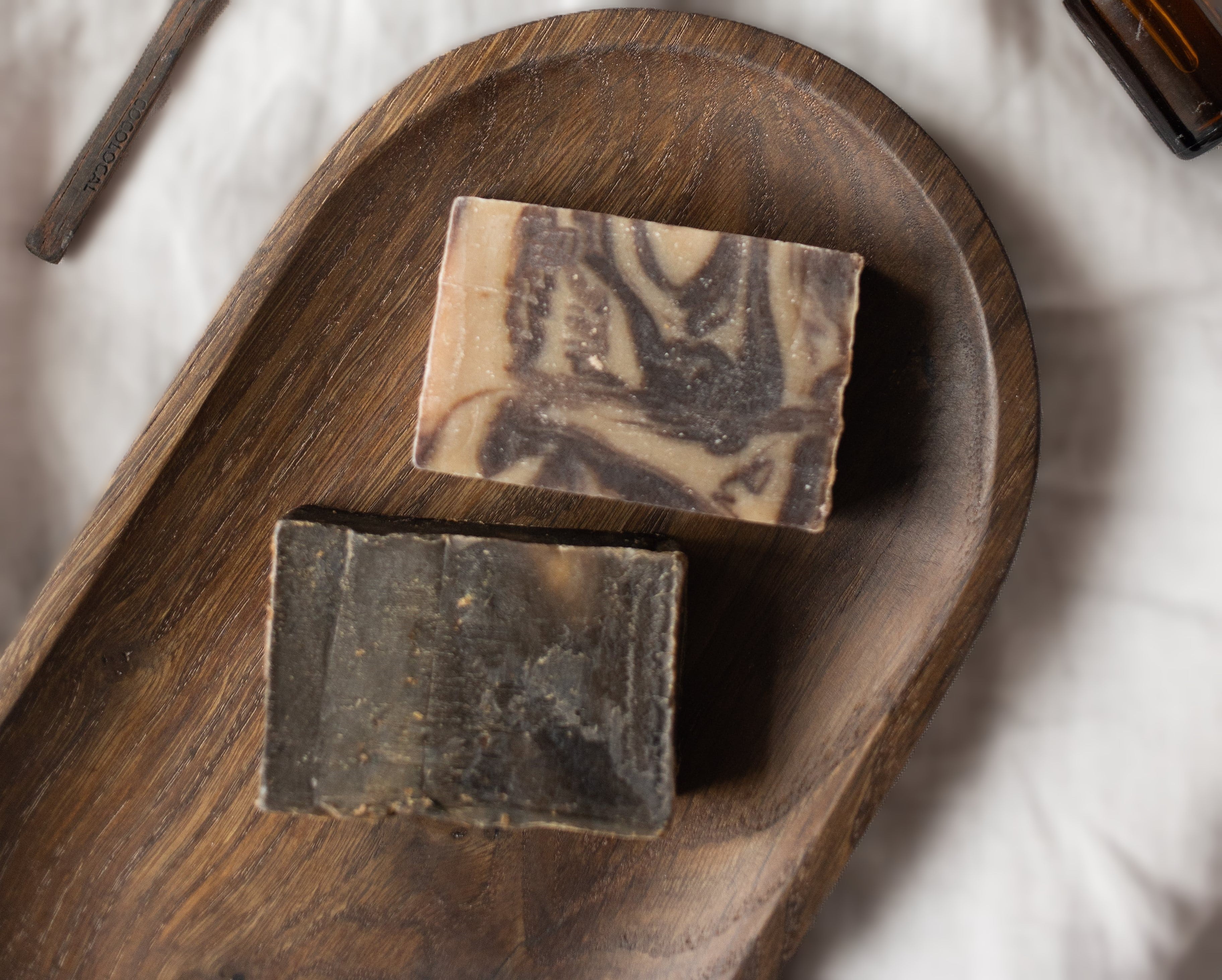Exploring the Enigmatic World of Mushrooms: From Culinary Staples to Medicinal Marvels
Mushrooms, the fruiting bodies of fungi, offer a glimpse into a world that is as diverse as it is mysterious. Ranging from everyday culinary varieties to exotic species that hold untapped medicinal properties, the fungal kingdom is an understudied treasure trove of potential. In this detailed exploration, we not only delve into common and popular mushrooms but also introduce a wider array of species, their unique characteristics, and their ecological and health benefits.
Understanding Mushroom Biology
Mushrooms are the reproductive structures of fungi, a kingdom separate from plants and animals. Unlike plants, mushrooms do not rely on sunlight for energy. Instead, they are decomposers or symbionts, breaking down organic matter or partnering with plants to exchange nutrients, respectively.
Mycelium: The Underground Network
The mycelium, a web-like network of fungal threads known as hyphae, is the main body of the fungus. It lies beneath the surface and can spread over vast areas. One of the largest living organisms on Earth is a mycelial mat of a honey fungus in Oregon, covering approximately 3.7 square miles and estimated to be over 2,400 years old. This mycelial network is vital for nutrient cycling in ecosystems and can even help decompose toxic substances like petroleum and pesticides.
A World of Mushrooms
Let’s explore the diversity of mushrooms, ranging from those commonly found on supermarket shelves to exotic species that are celebrated in various cultures for their unique properties.
Common Edible Mushrooms
-
Shiitake (Lentinula edodes): Prized in Asian cuisine for their rich, buttery flavor, shiitakes are also recognized for boosting heart health and immune systems due to their high content of polysaccharides.
-
Enoki (Flammulina velutipes): Known for their delicate, noodle-like appearance, enoki mushrooms are popular in East Asian cuisine and offer benefits like improving liver function and boosting immunity.
-
Button Mushroom (Agaricus bisporus): This widely used mushroom appears in various forms in grocery stores: as immature ‘white buttons’ and more mature ‘creminis’ and ‘portobellos’ depending on their age.
-
Chanterelle (Cantharellus cibarius): Known for their golden color and funnel shape, chanterelles are prized in the culinary world for their distinctive peppery flavor.
-
Morel (Morchella esculenta): Highly sought after, morels are celebrated for their honeycomb appearance and nutty flavor, making them a delicacy in many cuisines.
Exotic and Medicinal Mushrooms
-
Chaga (Inonotus obliquus): Often used as a tea, chaga grows primarily on birch trees in cold climates and is loaded with antioxidants that help combat oxidative stress and may reduce inflammation.
-
Cordyceps (Cordyceps sinensis): This fungus infects insects and grows from their remains. It is famous in traditional Chinese medicine for enhancing energy and athletic performance.
-
Turkey Tail (Trametes versicolor): Easily recognizable by its colorful, fan-shaped morphology, turkey tail is renowned for its cancer-fighting properties and its role in enhancing the effects of chemotherapy.
-
Reishi (Ganoderma lucidum): Often referred to as the "mushroom of immortality," reishi is valued in Eastern medicine for its immune-boosting properties and potential to aid in longevity.
-
Maitake (Grifola frondosa): Also known as 'hen of the woods,' maitake mushrooms are known for their cancer-fighting properties and ability to regulate blood sugar levels.
-
Hedgehog (Hydnum repandum): Distinguished by its spiny underside instead of gills, this mushroom is noted for its sweet, nutty flavor and is becoming increasingly popular in gourmet cooking.
Psychedelic Mushrooms and Unconventional Mushrooms
- Fly Agaric (Amanita muscaria): Unlike psilocybin-containing mushrooms, the fly agaric is famous for its iconic red-and-white cap and has been used historically in shamanic rituals across Siberia and Northern Europe for its hallucinogenic properties.
-
Psilocybe Cubensis: One of the most well-known psychedelic mushrooms, containing psilocybin, which shows significant promise in mental health treatment for depression and PTSD.
-
Lobster Mushroom (Hypomyces lactifluorum): Unique for being a fungal parasite that infects other mushrooms, turning them into bright orange delights that resemble lobsters and taste somewhat seafood-like.
Psychedelic Research and Psilocybin
Magic mushrooms, primarily those belonging to the genus Psilocybe, contain psilocybin. Groundbreaking research is exploring psilocybin's potential to treat mental health disorders. Clinical trials have shown promising results in the treatment of depression, anxiety, and addiction, with psilocybin providing profound, transformative experiences that can alter a person's outlook and mental health for the long term.
Mushroom Culinary Uses and Nutritional Benefits
Mushrooms are a culinary delight, celebrated for their umami flavor and versatility. They are also nutritional powerhouses, generally low in calories while rich in proteins, vitamins (especially B vitamins), minerals (like selenium and potassium), and dietary fiber. Their regular consumption has been linked to improved gut health and reduced risk factors for several chronic diseases.
The Fascinating Fungal Kingdom
The world of mushrooms is vast and filled with wonders waiting to be discovered. From their role in ecological balance through the mycelium network to their diverse culinary uses and potential health benefits, mushrooms offer a fascinating insight into the complexity and interconnectedness of life on Earth. As we continue to explore and understand more about these remarkable organisms, we can better appreciate their value and conserve the delicate ecosystems they inhabit.













